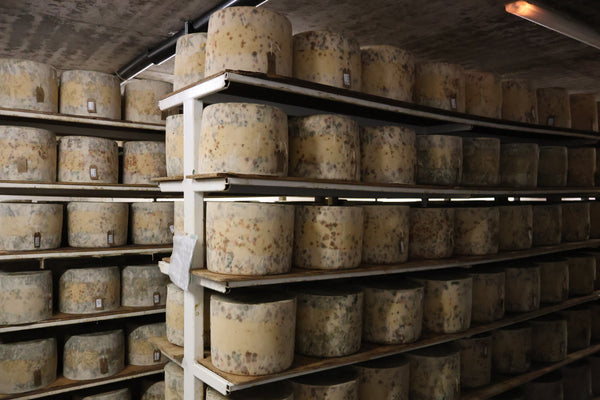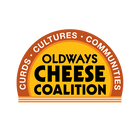Whether you call it misinformation, a myth, or fake news when it comes to cheese, the amount of wrong information out there is quite staggering. Maybe it's because humans can turn milk into solids using only a few ingredients that makes cheese seem magical and difficult to understand? We are so far removed from our food that most of us don't know how cheese is made or much about it. Then there are the media. Every time I turn around, I read something incorrect about cheese. It seems even the journalists can't be bothered to do their research. These myths keep circulating until everyone believes they are true. Here are the five myths we hear as cheesemongers working behind the counter.
1. I can't eat cheese because I am lactose intolerant.
Yes, you can! Lactose is the natural sugar in milk, and many people can't digest it. It is present in almost equal amounts, whether cow, goat, or sheep's milk. The good news is when milk is transformed into cheese, 98 percent of the lactose drains out with the whey. Lactic acid bacteria eat the remaining amount as the cheese ages. Even cheeses like brie don't pose a problem. By the time it gets to the cheese case, the lactose is gone. Experiment by starting with firmer cheeses, then try the softer ones. If your stomach doesn't feel ok, it is probably something else.
2. The crunchy bits in cheese are salt crystals.
While it may feel like salt, those crunchy bits in your aged cheeses are the amino acids tyrosine (distinct specks) or leucine (powdery smear). These form when the protein breaks down into its essential amino acids.
3. Creamy, buttery cheeses like triple crème are higher in fat and calories than firm cheeses.
This is false. I know you don't believe me but think of it this way. Soft, creamy cheeses have a lot more moisture, so they are creamy and runny. It's not the fat but the water that causes that texture. In fact, it's usually the harder cheeses that have more fat because they are drier and have less water to dilute the fat.
4. Raw milk cheese is dangerous, and pregnant women should not eat it.
This myth is perpetuated by medical professionals, which makes it a tough one to bust but hear me out. Pasteurization is no guarantee of safety. Pasteurized cheese can be recalled and often is. Sargento had a considerable recall several years ago. So what is a pregnant lady to do? We say judge your risk based on moisture in the cheese. The more moisture, the higher the risk. Why? Because most pathogens love water. If a pathogen were to get on a soft cheese, the moisture would provide an ideal environment for growth. The more pathogens, the more likely you are to become ill. Conversely, if a pathogen gets on a firm, drier cheese, the surface is inhospitable, and the pathogens can't grow as fast. You are far less likely to become sick. Do keep in mind that overall, cheese enjoys an excellent safety record. In fact, shellfish, ground meat, lettuce, and other produce make more people ill every year than cheese.
5. Cheese raises cholesterol and can give you heart disease.
It depends. Everything we were told about cheese and fat in the mid-1970s through the 1990s has been debunked. Moderate amounts of high-quality cheese from animals that have been raised and appropriately fed on pasture can help heart health. Cheese from pastured cows contains CLA (conjugated linoleic acid). CLA is a type of fat associated with many health benefits, including immune and inflammatory system support, improved bone mass, improved blood sugar regulation, reduced body fat, reduced risk of heart attack, and maintenance of lean body mass. Pastured cheese has more significant levels of omega-3 fat, less palmitic acid (a long-chain saturated fat), and a better ratio of omega-6 to omega-3 fat.
I hope being armed with the correct information helps and increases your enjoyment of good cheese. Help us spread the word? Any questions we can answer, feel free to shoot us an email. laura@fairfieldcheese.com










